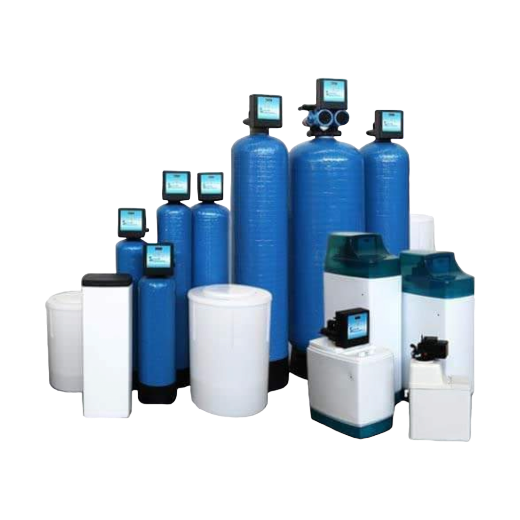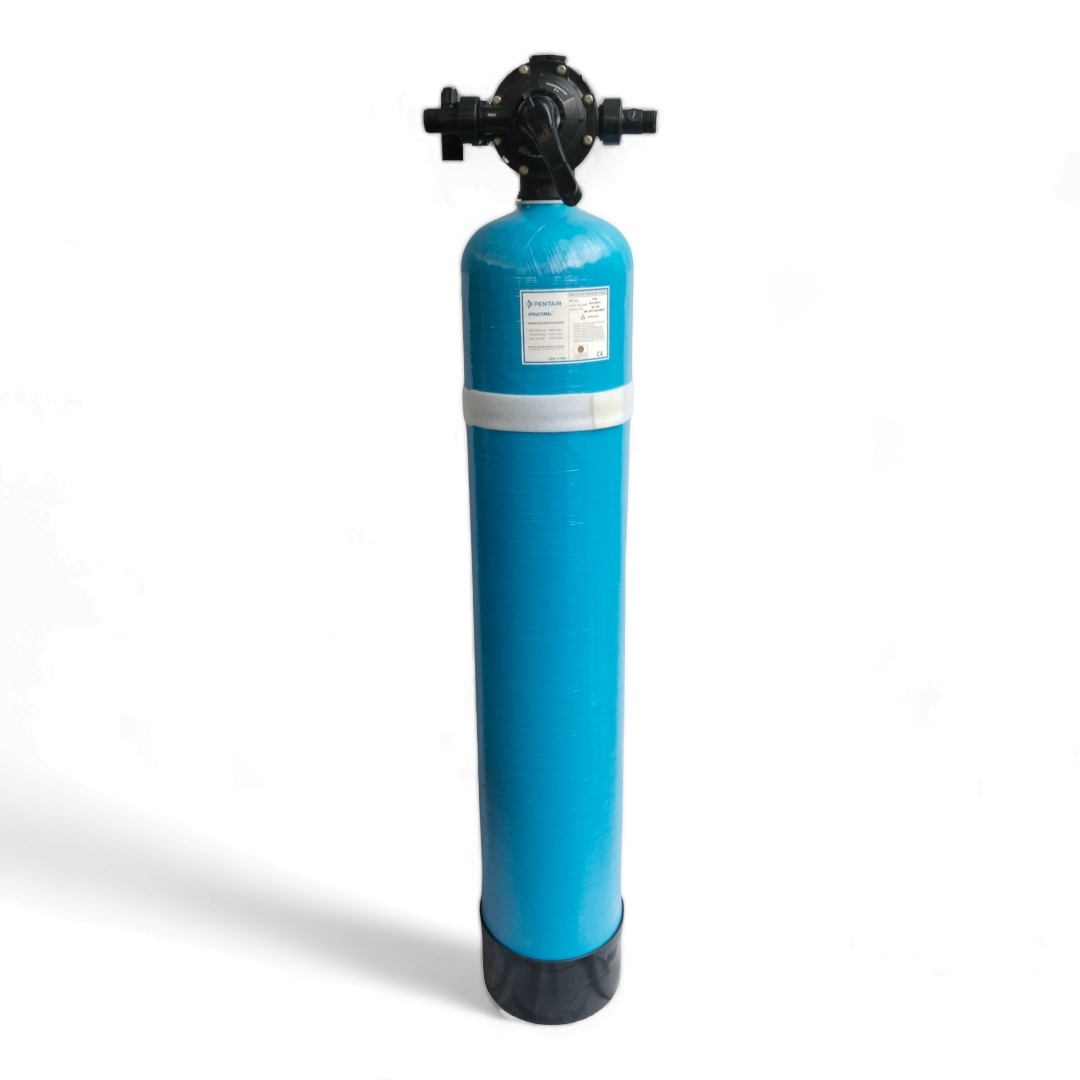
Automatic Water Softner
An automatic water softener is a sophisticated device designed
to efficiently eliminate hard minerals from water, providing
softened water for various applications. The assembly of an
automatic water softener comprises key components:
Resin Tank: This tank houses resin beads responsible for ion
exchange, removing calcium and magnesium ions from the water.
Brine Tank: The brine tank stores a concentrated salt solution
used for regenerating the resin beads.
Control Valve: A pivotal component, the control valve regulates
the water flow, initiating regeneration cycles based on a set
schedule or water hardness levels.
Meter or Sensor: Some models incorporate a meter or sensor
to measure water hardness, allowing the system to regenerate
only when necessary, optimizing salt usage.
Distribution System: This system facilitates the flow of softened
water from the resin tank to plumbing fixtures and appliances.
Timer or Demand-initiated Regeneration (DIR) Controller: This
feature determines the regeneration frequency, either through
a timer or by responding to actual water hardness conditions.
Display Panel: Modern units may include a display panel for user
interface, providing information about system status, regeneration
cycles, and water hardness.
Automatic water softeners efficiently combat scale buildup in
plumbing systems and appliances, ensuring a continuous supply
of softened water for improved efficiency and longevity of
water-related equipment.
